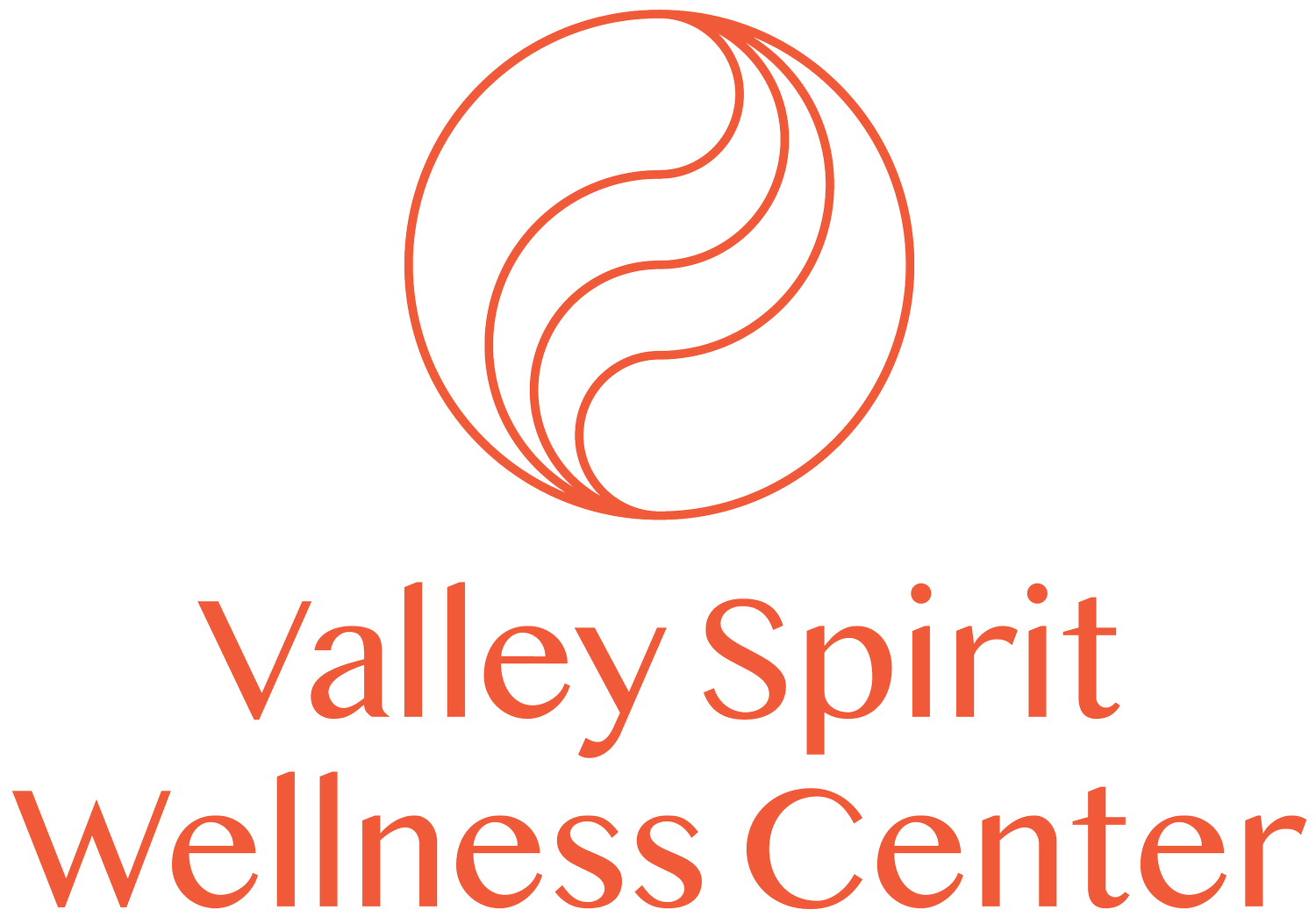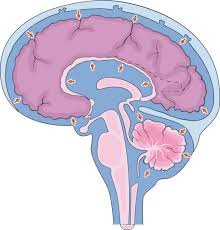Foundations of Craniosacral Therapy
with Emily Morrison
Saturday 2/22 I 10 am - 4 pm
$175 (financial assistance available, contact us if interested)
This course forms part of The People’s Medicine Series, which aims to offer the community access to educational classes and workshops. Our mission is to empower everyone to learn how to care for themselves and their loved ones through holistic and Chinese medicine.
Craniosacral Therapy (CST) is a gentle, non-invasive form of bodywork that focuses on the craniosacral system, which includes the membranes and cerebrospinal fluid that surround and protect the brain and spinal cord. This therapy was developed by Dr. John Upledger in the 1970s, drawing from osteopathic traditions established by Dr. William Sutherland in the early 20th century. CST practitioners use light touch to palpate the synarthrodial joints of the cranium and work to release restrictions in the craniosacral system, aiming to improve the functioning of the central nervous system.
The core philosophy of Craniosacral Therapy is based on the understanding that the body has inherent self-corrective mechanisms and that these can be facilitated by gentle manipulations of the craniosacral system. Key principles include a holistic approach, viewing the body as an interconnected whole where physical, emotional, and spiritual health are interrelated. CST is also grounded in the concept of innate intelligence, which asserts that the body has an intrinsic ability to heal itself, supported by releasing restrictions and enhancing the flow of cerebrospinal fluid. Gentle techniques, typically involving a touch no heavier than the weight of a nickel, are used to assess and release tensions, making CST suitable for individuals of all ages.
Craniosacral Therapy is used to treat a variety of conditions. It provides relief from chronic pain such as headaches, neck and back pain, and other persistent pain conditions. CST can reduce symptoms of stress, anxiety, and tension-related disorders. It also supports individuals with neurological disorders, including traumatic brain injury, stroke, and neurodegenerative diseases. For infants and children, CST addresses issues such as colic, ADHD, and autism. Additionally, CST promotes general well-being by fostering relaxation, enhancing energy levels, and improving overall health and wellness.
Understanding the craniosacral system is fundamental to CST. This system includes cranial bones, which exhibit slight rhythmic movement, contrary to long-held beliefs. The membranes—the dura mater, arachnoid mater, and pia mater—envelop the brain and spinal cord. Cerebrospinal fluid (CSF) circulates within the craniosacral system, providing cushioning and nutrient support for the brain and spinal cord. The spinal cord, encased within the protective layers of the spinal column, acts as the central conduit for neural signals between the brain and the body. The sacrum, a triangular bone at the base of the spine, along with the cranial bones, contributes to the craniosacral rhythm. By studying the anatomy and physiology of the craniosacral system, students learn to identify and release restrictions, facilitating the body’s natural healing processes.
In this workshop, students will learn:
Comprehensive understanding of the foundational history and development of Craniosacral Therapy (CST)
Appreciation of current practices and applications of CST
Grasp of core principles and philosophy behind CST
Insight into how CST enhances the body's natural healing processes
Coverage of CST's benefits and applications in various health conditions
Highlight of CST's versatility and therapeutic potential
Foundational understanding of the anatomy and physiology of the craniosacral system
Identification and addressing of imbalances within the craniosacral system
Exploration of the connection between Western Craniosacral Therapy and Eastern Chinese medicine theory
Standing meditation sequences to hone listening skills through a sense of stillness
Integration of holistic approaches to enhance therapeutic benefits
Development of basic hands-on skills to palpate the craniosacral rhythm
Application of introductory CST techniques
This course is ideal for healthcare professionals looking to expand their therapeutic skills and for massage therapists and bodyworkers seeking to integrate Craniosacral Therapy (CST) into their practice. It is also suited for individuals interested in holistic and complementary health practices, as well as anyone looking to improve their own or others’ well-being through gentle, non-invasive techniques. By attending this course, participants from diverse backgrounds can gain valuable insights and practical skills in CST, enhancing their ability to support and promote health and wellness in various settings.
Emily Morrison, LAc, MAOM is the founder of, lead practitioner and instructor at Valley Spirit Acupuncture & Internal Arts in Beacon, NY. She began her career in holistic medicine with massage therapy, graduating from The Florida School of Massage in 2005. She completed her Master’s Degree in Acupuncture and Oriental Medicine (MAOM) from the Oregon College of Oriental Medicine in 2015 and is licensed to practice in New York.
From 2008 to 2023, Emily trained with the North American Tang Shou Tao Association (NATSTA), studying Chinese medicine and becoming a certified Instructor in Shenlong Xingyiquan and Li Ding Jingluo Qigong. In 2016, she became a Disciple of Dr. Vince Black, the founder of NATSTA, and served on the NATSTA Traditional Chinese Medicine Committee from 2019-2023. She is also a certified practitioner of Jin Shou Tuina™.
Emily's extensive training includes Classical Gongfu Medical Theory, Craniosacral Therapy, Thai Massage, Shiatsu, Herbalism, medical qigong, and Chinese Nutritional Therapy. She employs various modalities to create personalized treatment plans and aims to empower patients through education about their innate healing abilities.





